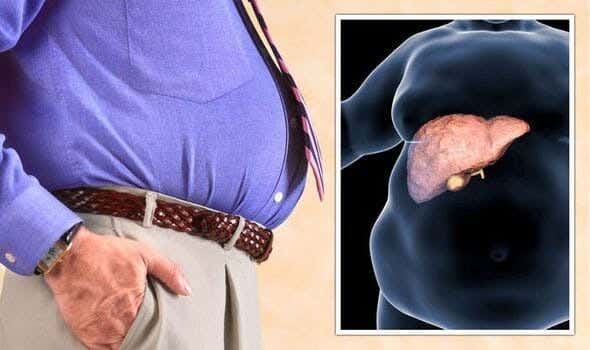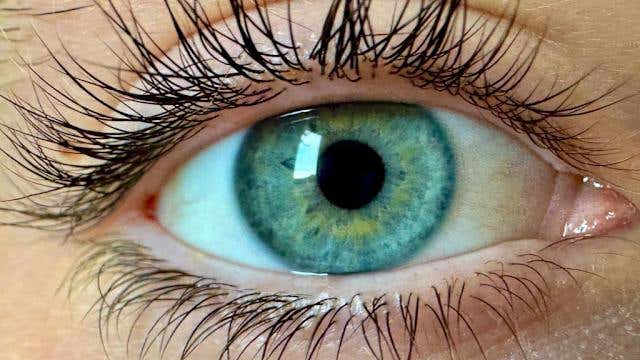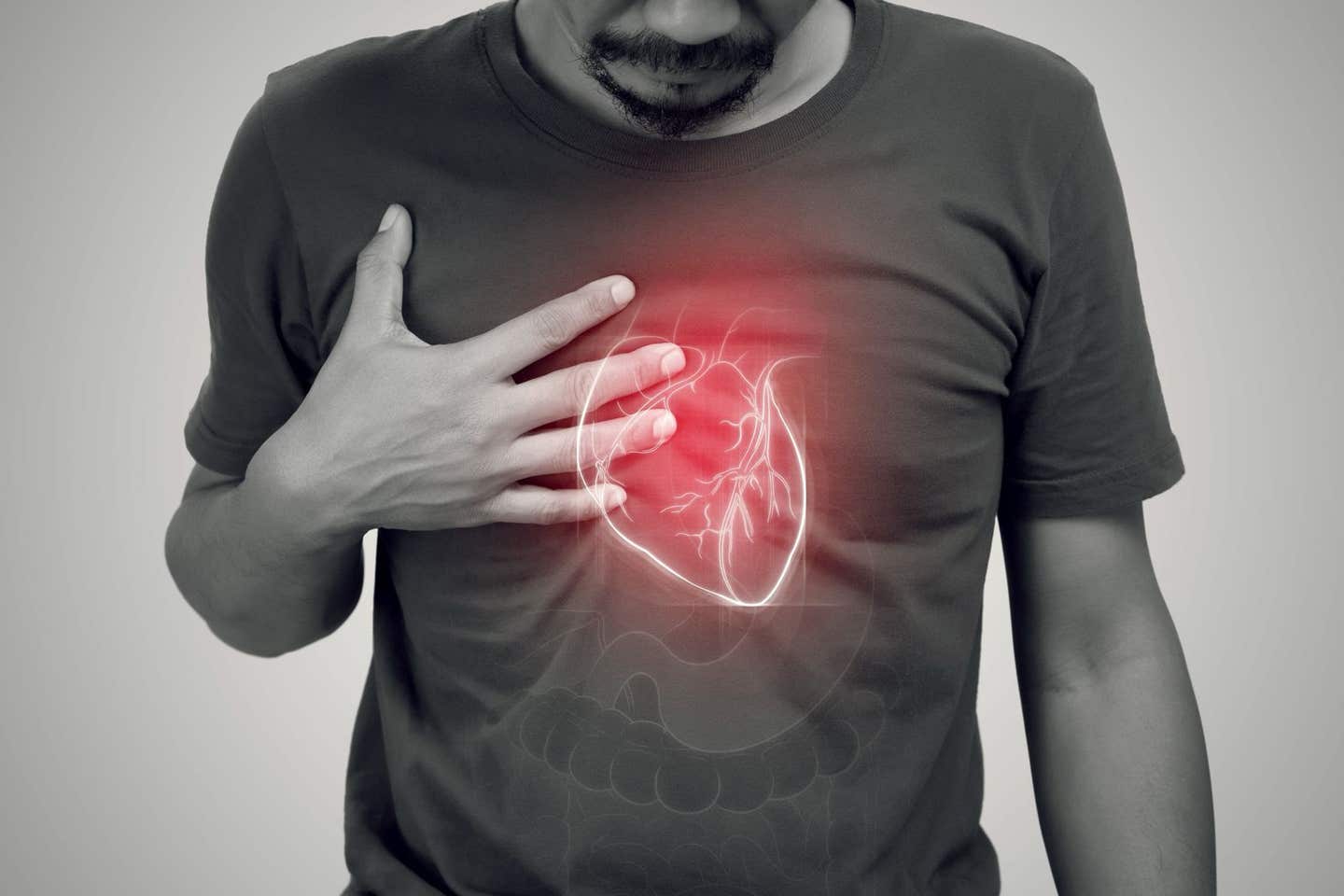Medical breakthrough reveals potential drug treatment for fatty liver disease
Researchers at MUSC have identified a pathway that could lead to treatments for fatty liver disease, using a novel stem cell platform to reduce fat accumulation.

MASLD, previously referred to as non-alcoholic fatty liver disease (NAFLD), affects nearly one in four Americans. (CREDIT: CC BY-SA 3.0)
A novel stem cell platform has allowed researchers from the Medical University of South Carolina (MUSC) to pinpoint a biological pathway that could be targeted by drugs to combat fat accumulation in patients suffering from metabolic dysfunction-associated steatotic liver disease (MASLD).
This discovery, led by Stephen Duncan, Ph.D., SmartState Endowed Chair in Regenerative Medicine at MUSC, and Caren Doueiry, an M.D., Ph.D. candidate working in Duncan’s lab, offers a promising step forward in addressing a disease that affects a significant portion of the population. Their findings have been published in the International Journal of Molecular Sciences.
MASLD, previously referred to as non-alcoholic fatty liver disease (NAFLD), affects nearly one in four Americans, and its prevalence is even higher among individuals who are overweight or have Type 2 diabetes. In fact, about 75% of people who are overweight and 66% of those with diabetes are impacted by this condition.
MASLD occurs when excess fat builds up in the liver, leading to dangerous health outcomes, including fibrosis (scarring) of the liver, and in severe cases, liver cancer. It’s currently the leading cause of hepatocellular carcinoma, the most common form of liver cancer in adults.
How Stem Cells Shed Light on MASLD
At the heart of this research is the study of stem cells. These undifferentiated cells have the potential to become any type of cell in the body, depending on the signals they receive during early development. Advances in stem cell technologies have made it possible for scientists to take ordinary blood cells from a patient and revert them back into a pluripotent state, meaning they can transform into any type of cell. These reprogrammed cells are called induced pluripotent stem cells (iPSCs).
Related Stories:
iPSCs offer researchers a powerful tool for studying complex diseases. They can be directed to form specific tissues, such as liver cells, allowing scientists to closely observe how these cells behave in response to genetic mutations or environmental factors. This technology was pivotal in the work conducted by Doueiry and the MUSC team, as it allowed them to focus on the genetic underpinnings of MASLD.
Using the CRISPR gene-editing tool, Doueiry engineered a line of iPSCs to carry a mutation in the PNPLA3 gene, which is frequently found in patients with MASLD. CRISPR, short for clustered regularly interspaced short palindromic repeats, enables precise changes to DNA, making it an invaluable tool for studying genetic diseases.
“A lot of patients with fatty liver have this mutation, and we don’t know what it’s doing or why it’s increasing susceptibility to fatty liver,” said Doueiry, who led the study.
To understand the mutation’s impact, she directed the mutated iPSCs to become liver cells. The results were striking: these cells accumulated significantly more fat than their non-mutated counterparts, establishing a clear connection between the PNPLA3 mutation and fat buildup in the liver—a hallmark of MASLD.
Paving the Way for New Treatments
One of the most exciting aspects of this research is the potential it holds for developing new treatments. Currently, there are no drugs specifically designed to target the fat accumulation seen in MASLD. However, using her modified liver cells, Doueiry set out to change that.
She screened 1,100 small molecules from a library of compounds to see which could reduce the amount of fat in the liver cells carrying the PNPLA3 mutation. After a series of tests, she identified five compounds that significantly reduced fat accumulation by more than half.
All five compounds interacted with proteins involved in the same cellular pathway, a finding that surprised the team. This pathway is well-known for its role in regulating cell growth and is already the target of several cancer therapies. Some of these cancer drugs, which are used to halt tumor growth, were tested by Doueiry in her model, and they too effectively reduced fat accumulation.
“With these results, we knew we weren’t just looking at random molecules doing something. The fact that they all connected through a pathway showed us that we were onto something,” explained Doueiry.
Importantly, this discovery means that existing drugs, which are already approved for cancer treatment, might be repurposed to treat MASLD. Because these drugs are already in use, their safety profiles are well-understood, which could accelerate the timeline for bringing a MASLD treatment to market.
Doueiry also explored the appropriate dosage of these inhibitors to reduce fat in liver cells without causing adverse side effects. Remarkably, a low dose was sufficient to decrease fat levels in liver cells without compromising their viability, suggesting a therapeutic window that could be tested in clinical trials.
A Promising Model for Future Research
In addition to its implications for MASLD, this study underscores the value of iPSC-based disease models. According to Duncan, this model allowed researchers to mirror the disease process seen in humans right in the lab.
“Caren’s study has shown that human stem cell-derived liver cells with MASLD mutations can be used effectively to identify pathways that can be targeted by drugs to reduce fat levels in the liver,” said Duncan. The study suggests that these stem cell-derived liver cells could be a useful tool for screening new therapeutics, not just for MASLD, but for other diseases linked to genetic mutations as well.
Doueiry’s work provides a roadmap for how iPSCs can be used to study genetic diseases and test potential treatments. With her findings, the door is now open to developing targeted therapies that can reduce fat buildup in the liver, potentially turning MASLD into a treatable condition.
Looking Ahead: Hope for MASLD Patients
Although much work remains before a treatment becomes widely available, the study offers hope to MASLD patients. By identifying the pathway involved in fat accumulation and demonstrating that it can be influenced by drugs, the research team has laid the groundwork for future therapies.
Their findings also highlight the broader potential of iPSCs to serve as models for studying other genetic diseases, paving the way for new treatments that target the underlying causes rather than just managing symptoms.
In the future, patients with MASLD, particularly those with the PNPLA3 mutation, may benefit from a treatment originally designed to fight cancer. Repurposing these drugs for liver disease could be a quicker, more efficient route to therapy.
Note: Materials provided above by The Brighter Side of News. Content may be edited for style and length.
Like these kind of feel good stories? Get The Brighter Side of News' newsletter.
Joshua Shavit
Science & Technology Writer | AI and Robotics Reporter
Joshua Shavit is a Los Angeles-based science and technology writer with a passion for exploring the breakthroughs shaping the future. As a contributor to The Brighter Side of News, he focuses on positive and transformative advancements in AI, technology, physics, engineering, robotics and space science. Joshua is currently working towards a Bachelor of Science in Business Administration at the University of California, Berkeley. He combines his academic background with a talent for storytelling, making complex scientific discoveries engaging and accessible. His work highlights the innovators behind the ideas, bringing readers closer to the people driving progress.



